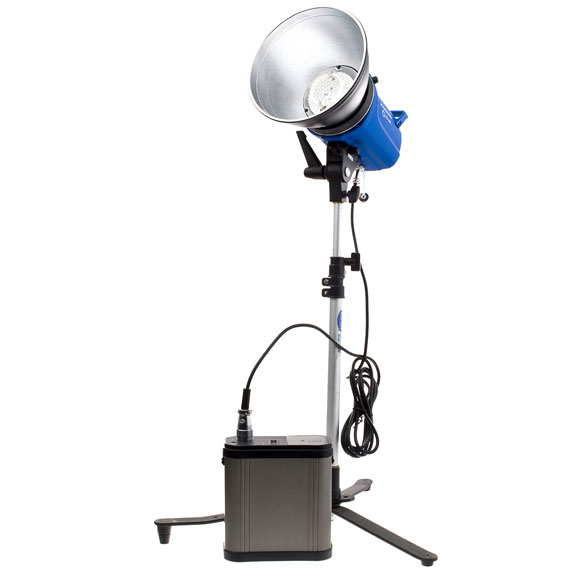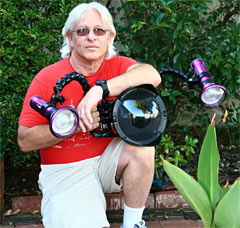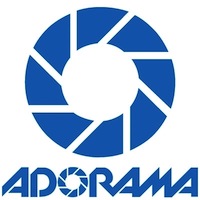
April 22, 2013
$199.95
http://www.adorama.com
Review by Steve Douglas
Still images and photography remain very much a part of the film industry and a great number of video hobbyists, as well as professionals, use their skills as photographers to enhance their video productions. Naturally, shooting still images within a studio setting has certain lighting demands that shooting outdoors may not; it's a matter of different equipment for different environments, the same as for shooting video.
Adorama, long known as a large video and photography retailer, has now dove into the production market with their own line of equipment. The Flashpoint DG 400 & DG600 Monolight strobes are two photographic strobes that should be seriously considered as an economical investment capable of doing the job well without completely emptying your wallet.
The Flashpoint DG600 came carefully packed and shipped. When I lifted it out of its box, the build quality is what I first noticed. The unit is solid.
Weighing in at only 4.5 lbs, the Flashpoint DG600 was pretty easy to move around making its portability very feasible.
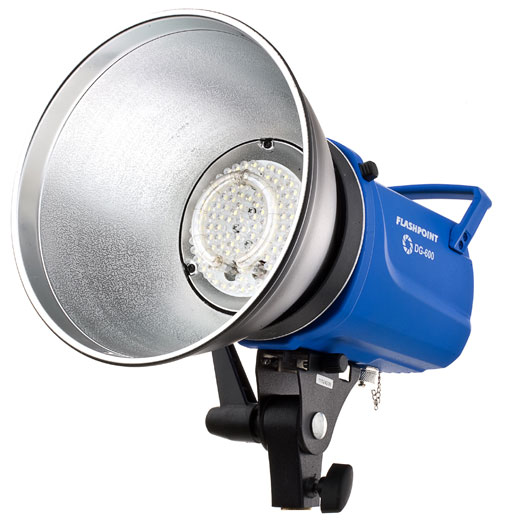
The Flashpoint's price makes it both very affordable for the amount of flash power it provides. Its output is 300 watts and comes with its own built in cooling fan which runs as soon as the unit is turned on. The flash beam width is 55°.
For the price, do not think that the Flashpoint is a scaled down strobe without many of the features found in professional units. Not only does it have a digital screen readout, but also a 5 stop digital power range, a sync socket for different remote devices and cords, its own power cord, sync cord, and a removable and lockable 8° reflector which was simple to use via a button on the Flashpoint body.
The Flashpoint DG600 Monolight, additionally, contains a 7 watt LED modeling light. The modeling light is very bright at full power, but does have a dial that allows you to raise or lower the intensity allowing you to set a base level of light for your model or subject.
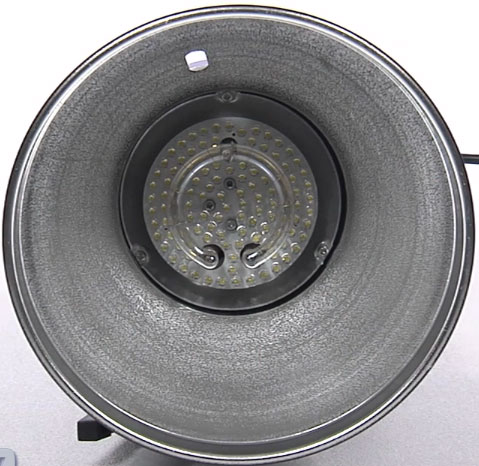
The DG 600's dial permits you to rotate through 5 stops in 1/10th increments allowing you to use the Flashpoint at its full power or lower the intensity down to a 32nd of its capability. The DG 600 may be turned off or on with a quick click of a button on the rear of the unit. Additionally, the LED readout always lets you know where you are in your setup and permits you to go back or take note of any settings for future use.
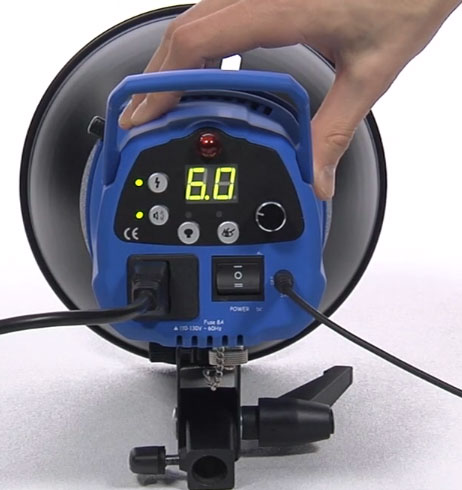
The Flashpoint can use either AC or DC power, but is capable of taking a battery (sold separately) so you can shoot where ac connection is not practical.
